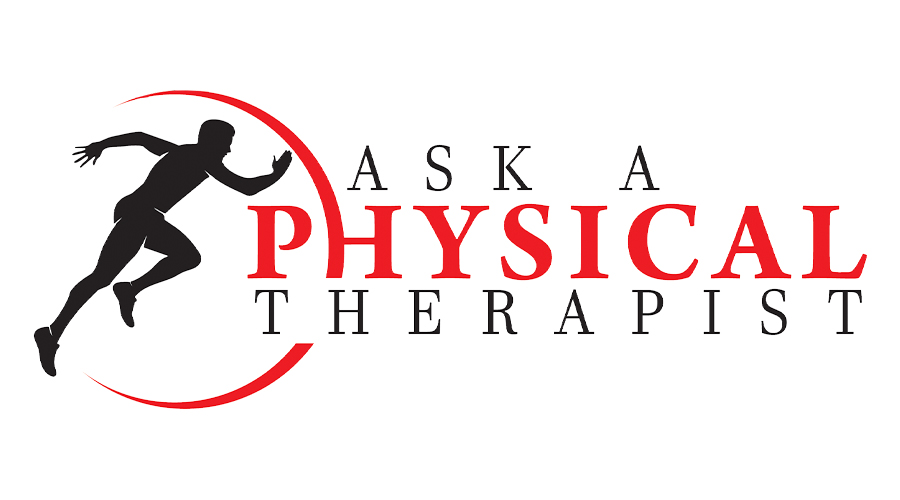ASK A PHYSICAL THERAPIST
- 27 Apr - 03 May, 2024

Q: I am a 35-year-old woman experiencing severe heel pain for approximately three weeks. Recently diagnosed with plantar fasciitis, I'm seeking guidance on the condition and potential physiotherapy treatments available.
A: Plantar fasciitis, characterized by overuse, arises from the gradual accumulation of micro-damage within the collagen fibers comprising the origin point of the plantar aponeurosis. This condition, notorious for its ubiquity, stands as the foremost cause of heel discomfort among individuals of varying ages and activity levels. The repetitive strain placed on the plantar fascia, often exacerbated by activities such as running, walking long distances, or standing for prolonged periods, results in the degradation of collagen fibers and subsequent inflammation.
Numerous factors contribute to the development and exacerbation of plantar fasciitis. Among these are biomechanical anomalies such as over pronation, high-arched feet, and leg-length discrepancies, which can place undue stress on the plantar fascia. Additionally, inappropriate or poorly supportive footwear, particularly those lacking proper arch support or cushioning, may further exacerbate the condition. Moreover, certain lifestyle factors, such as sudden increases in physical activity or excessive weight bearing, can heighten the risk of developing plantar fasciitis.
In addressing plantar fasciitis, a multidisciplinary approach is often employed to effectively manage symptoms and facilitate recovery. A crucial component of this approach involves the intervention of a skilled physical therapist, who conducts a comprehensive assessment to evaluate the extent of tissue damage, identify contributing factors, and tailor an individualized treatment plan. This plan typically incorporates a combination of therapeutic modalities, including targeted stretching and strengthening exercises designed to improve flexibility, reduce inflammation, and enhance overall foot mechanics.
Furthermore, adjunctive measures such as the utilization of night splints to maintain a stretched position of the plantar fascia during rest, custom orthotic devices to provide additional support and alignment, and supportive footwear with appropriate cushioning and arch support may be recommended to complement the therapeutic regimen. Patient education also plays a pivotal role in managing plantar fasciitis, as individuals are empowered with knowledge about proper footwear selection, biomechanical principles, and strategies for injury prevention. By addressing both the underlying causes and symptoms of plantar fasciitis through a comprehensive and personalized approach, individuals can experience significant improvement in their condition and return to their desired level of activity with reduced pain and discomfort.

Q: I am a 37-year-old woman experiencing discomfort in the base of my thumb for approximately two weeks. Can you please provide guidance?
A: Proper assessment and diagnosis by a physical therapist are essential for addressing the condition effectively. It appears that you may be experiencing De Quervain's Tenosynovitis, a painful and inflammatory condition affecting the tendons on the side of the wrist at the base of the thumb. The primary complaint is pain, which intensifies with actions such as abduction of the thumb, grasping, and ulnar deviation of the wrist. Additionally, thickening and swelling may be noticeable.
This condition often stems from chronic overuse, commonly associated with activities such as golfing, piano playing, fly fishing, carpentry, and even routine tasks performed by office workers and musicians. A significant demographic prone to this condition includes mothers of newborns, who frequently lift their babies with their thumbs radially abducted and their wrists transitioning from ulnar to radial deviation. Repetitive actions like gripping, grasping, or wringing objects can lead to inflammation of the tendons and their sheaths, causing narrowing within the first dorsal compartment and limiting tendon movement.
If left untreated, inflammation and progressive narrowing (stenosis) can result in scarring that further restricts thumb motion. To address this condition, physical therapists employ various techniques and modalities aimed at alleviating symptoms and improving functionality. These may include targeted exercises, manual therapy, splinting, and other specialized interventions tailored to individual needs. Seeking prompt evaluation and treatment from a qualified physical therapist is crucial for managing De Quervain's Tenosynovitis effectively and promoting optimal recovery.
COMMENTS